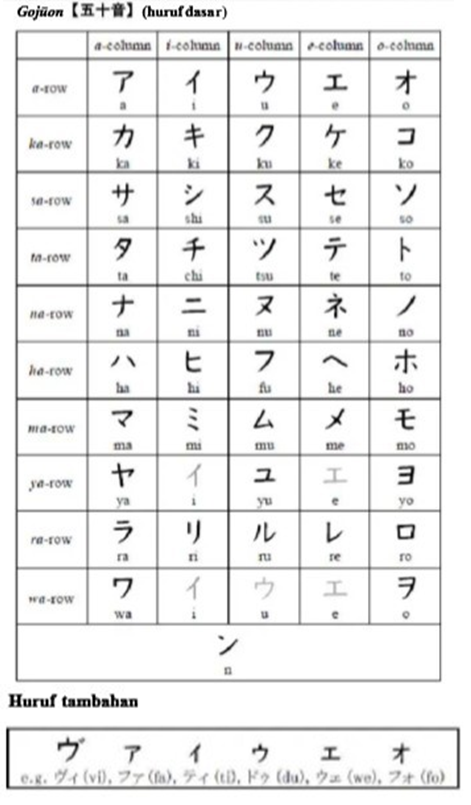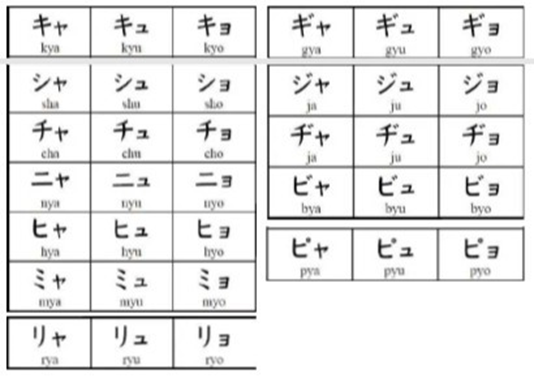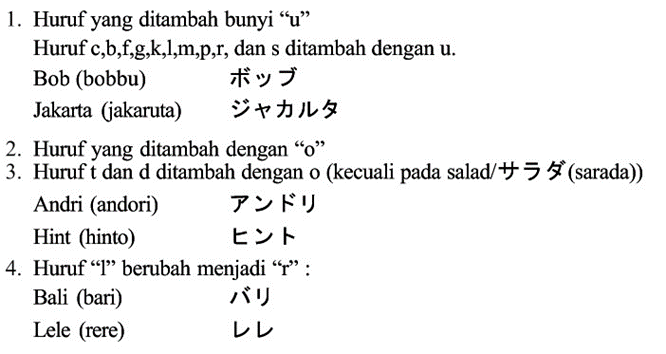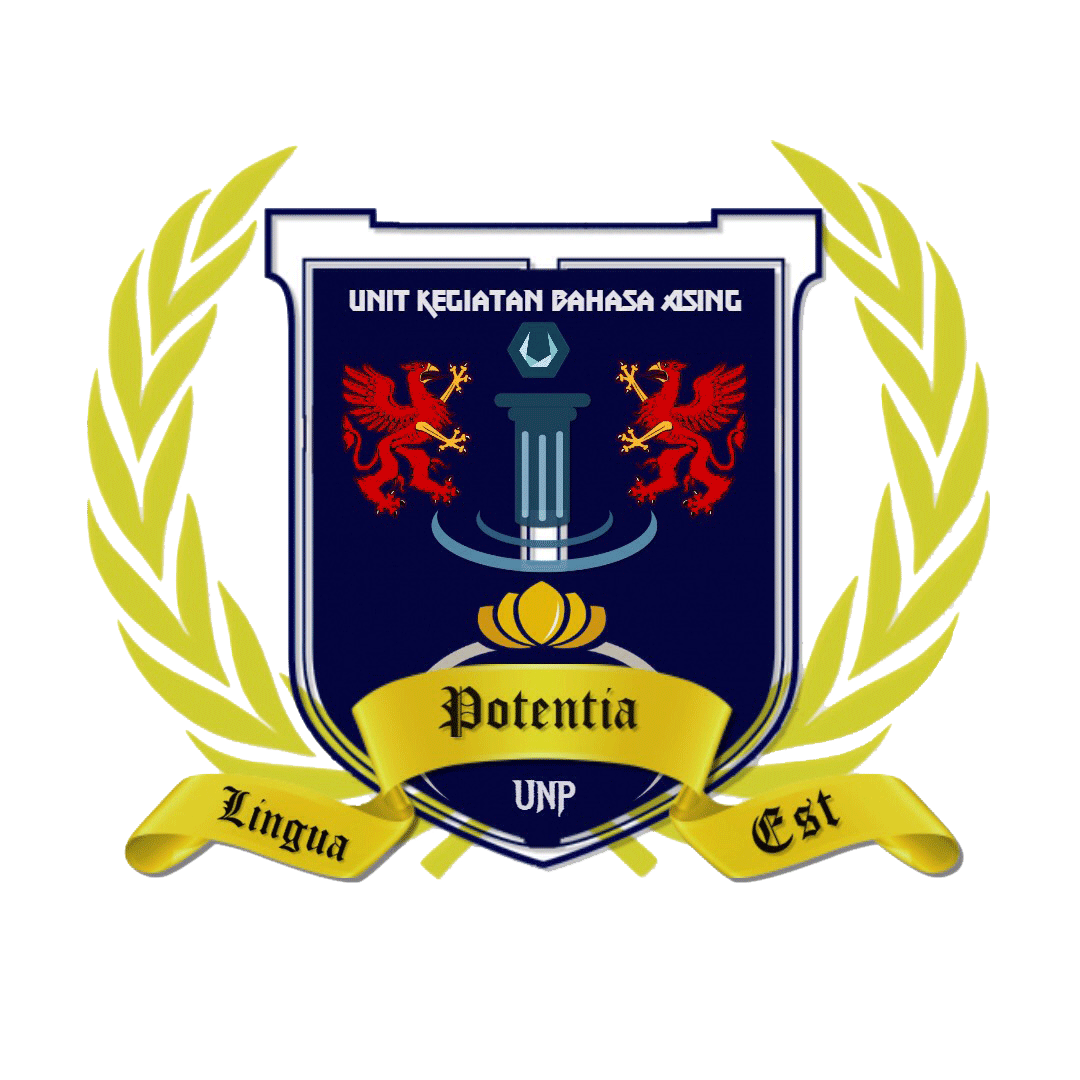Japanese
Completed
Hiragana, Katakana & Kanji | Article
1636 Views •Aisatsu & Jikoshoukai | Article
1287 Views •What is Hiragana, Katakana and Kanji? | Learning Video
1084 Views •Jikoshoukai | Learning Video
1078 Views •Self-taught Hiragana and Katakana | Learning Video
955 Views •Aisatsu | Learning Video
861 Views •Hiragana, Katakana & Kanji | Article
UKBA E-LEARNING
HIRAGANA, KATAKANA & KANJI
(BASIC LETTER OF JAPANESE LANGUAGE)
Hiragana and Katakana are the basic alphabets that represent all the vowel sounds in the Japanese language. Katakana is usually used to write words derived from foreign languages that have been absorbed into Japanese (外来語/ gairaigo)
In modern Japanese, there are 46 basic Hiragana and Katakana letters. In addition to the 46 letters In modern Japanese, there are 46 basic Hiragana and Katakana letters (goujon), there are modified forms to describe more sounds 20 dakuon , 55 handakuon , 36 yōon 11 sokuon and 6 additional letters.
.Hiragana
Katakana

1. Hiragana dan Katakana Dakuon 濁 音 (bold sound), the standard Hiragana and Katakana whose writing is marked with 2 strokes in the upper right (like quotes) in Japanese is called tenten. Its function is to thicken the standard Hiragana and Katakana sounds.
Hiragana
Katakana
2. Hiragana dan Katakana Handakuon 半濁音, standard Hiragana and Katakana whose writing is given a small round mark in the upper right of Hiragana and Katakana, in Japanese called small maru maru. Its function is to change the letters of Hiragana and Katakana that start with h and f to start with p.
Hiragana
Katakana

3. Hiragana dan Katakana Yōon 拗音 (Double Consonant Sound), standard Hiragana and Katakana with small ya, yu, yo marks. Its function is to combine the sounds of Hiragana and Katakana Hiragana and Katakana into ya, yu yo forms.
Hiragana
Katakana

4. Sokuo kuonn 促音 , an utterance written with small Hiragana and Katakana tsu is used when there are words that have double consonants. It is inserted between two letters of Hiragana and Katakana to emphasize the second letter in the letter between two letters of Hiragana and Katakana.
Hiragana
Katakana

5. Cho houon (Long Vowell), Long sounds in Hiragana and Katakana are marked by adding a vowel letter after the letter you want to read long. For katakana, this is done with (ー) or called onbiki. The writing of double vowels or special long vowels in hiragana consists of:
a. The long sound あ is written あ. Example: おかあさん (pronounced: OKAASAN)
b. The long sound い is written い. Example: おじいさん (pronounced: OJIISAN)
c. The long sound え is written い. Example: せんせい (pronounced: SENSEE)
d. The long sound え is written え. Example: おねえさん (pronounced: ONEESAN)
e. The long sound お is written う. Example: おとうと (pronounced: OTOOTO)
f. The long sound お is written お. Example: とおい (pronounced: TOOI)
6. Sonota (ソノタ),
Many foreign words/names are made up of dead letters. Generally, the system of writing these foreign words is to find the closest sound to the Japanese speech system.

LEARNING VIDEO 1
LEARNING VIDEO 2
by UKBA UNP
Commenting is not enabled on this course.


